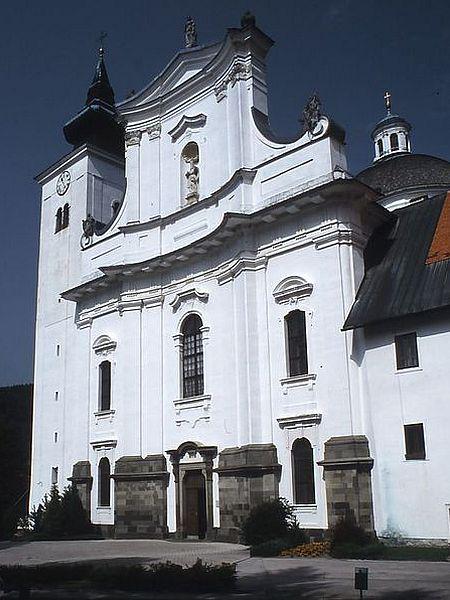
The history of the church dates back to the 12th century, when a Benedictine monastery was built on the spot. The monastery was dissolved in 1473, but the old monastic church – a Romanesque structure – remained and it eventually passed under the control of the Ljubljana Diocese. Under new ownership, the church was renovated several times, with Gothic elements being added to the original Romanesque design.
Eventually, the bishops of Ljubljana selected Gornji Grad, surrounded by bucolic landscapes, as their summer residence. With their move, what had once been an ordinary country church emerged as one of the most significant religious structures in the country.
Initially, the church underwent only small changes, but a bold move in the 17th century finally gave it an appearance that matched its significance. On the orders of Ljubljana Bishop Ernest Amadej Attems, the old church, which was in poor shape, was torn down. Soon, a new structure, based on the architecture of the cathedral in Ljubljana, emerged in its place. Its Baroque design, which incorporated some Renaissance elements, was the work of the renowned Graz-based architect Joseph Hueber. It featured an intricate façade with statues and even a fountain in front of the entrance. Inside, impressive paintings, some the work of the respected Austrian painter Johann Martin Kremser-Schmidt, graced the side altars.
World War II did not leave the site unscathed; parts of the old monastery were destroyed. But the church survived undamaged and is still a surprising sight for visitors to Gornji Grad: an imposing cathedral-like building in a small village among the hills.
Jaka Bartolj


































































